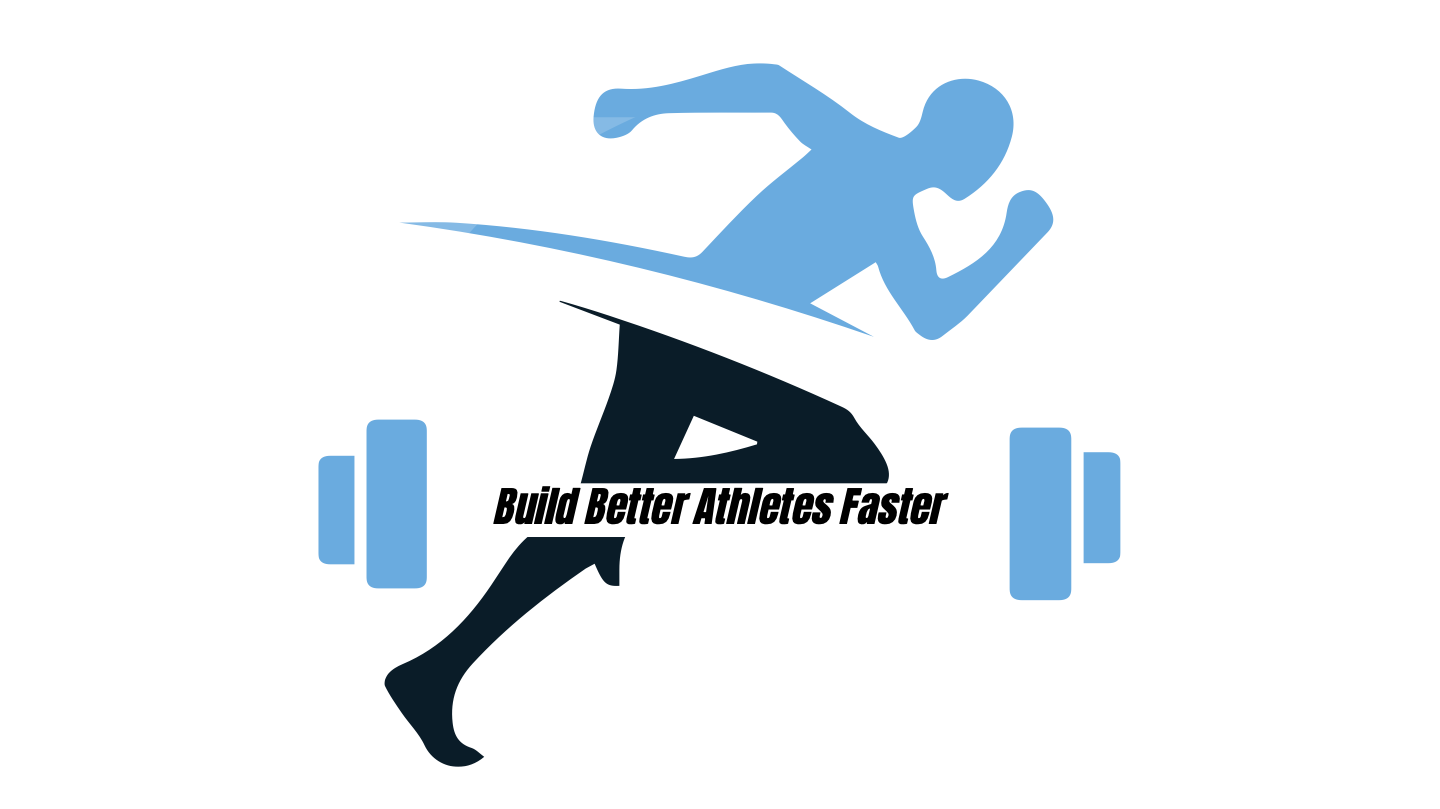Empowering Athletes with Guided Discovery and Autonomy-Supportive Coaching
Introduction
In sports coaching, success isn’t just about drilling technique or pushing intensity—it’s about helping athletes think, adapt, and own their development.
That’s where guided discovery and autonomy-supportive coaching come into play.
Guided discovery emphasizes letting the athlete find solutions through questioning and explorating, while autonomy-supportive coaching focuses on empowering athletes by providing choices and recognizing their feelings.
Both approaches aim to develop self-thinking and self-directed learners, but guided discovery focuses more on the process of discovery itself, whereas autonomy-supportive coaching is about the athlete's sense of control and ownership.
When combined, these research-based methods create a powerful learning experience that develops resilient, self-directed, and tactically intelligent athletes.
In this post, we’ll look at how you can add these methods to your coaching toolbox.
Guided Discovery
Guided discovery is a coaching method that shifts the focus from “telling” to “asking.” Instead of prescribing exact actions, the coach speeds up learning by crafting thoughtful questions and creating scenarios that encourage players to explore solutions themselves.
This method can lead to improved skill acquisition, retention, and overall performance, while also fostering a more engaged and motivated learning environment.
The primary goal of guided discovery in sports coaching is to empower players to become self-thinking and independent learners, rather than simply following instructions.
Examples:
Rather than instructing a soccer player to pass to the wing, the coach might ask, “What did you see that made you pass centrally? What other options were available?”
Provide feedback and guidance on a technical error, then allow an athlete time to discover how to correct them on their own.
Pause game footage and ask players what they should do next in a given situation, prompting them to analyze their own actions and decision-making.
Research suggests this approach can be effective for developing anticipatory skills and mental focus, particularly in areas where athletes are more susceptible to anxiety from explicit instruction. It also encourages self-organization and exploration of movement patterns, leading to more adaptable and skilled performances.
Autonomy-Supportive Coaching
Autonomy-supportive coaching is about creating a space where athletes feel heard, valued, and in control of their learning experience.
It’s not about giving up structure—it’s about offering athletes choices that motivate them to own and invest in their own training.
Examples:
Instead of dictating every drill and practice, allow athletes to choose between different exercises or activities.
Allow athletes to take the lead in certain situations, whether it's designing a warm-up or solving a problem during practice.
Involve athletes in goal setting and tactical discussions.
Encourage athletes to take risks and learn from mistakes.
Show empathy, understand player perspectives, and build positive relationships.
The benefits of autonomy aren’t just theoretical—they’re backed by research:
Small choices (like choosing when to receive feedback or which equipment to use) can significantly enhance motor learning.
Autonomy support improves neuromuscular efficiency—athletes perform the same tasks with less muscle activation.
In combat sports, autonomy (e.g., choosing punch order in boxing) led to faster, harder strikes, even among elite athletes.
Even the language coaches use matters—phrases that support autonomy (e.g., “You might try…”) are more effective than controlling ones (“You must…”), leading to better accuracy and skill retention.
The Power of Combining Both Approaches
When guided discovery and autonomy-supportive coaching intersect, something powerful happens:
Players aren’t just doing—they’re solving problems and making decisions.
They’re not waiting for answers—they’re creating them.
They don’t just follow—they lead their own growth.
This synergy enhances learning and performance in a way that traditional directive coaching alone often can’t. Athletes learn to evaluate their own performance and adjust independently.
The practical benefits include:
Better decision-making under pressure.
A deeper commitment to learning and better performance.
A lasting understanding—not just short-term compliance.
Improved motivation and long-term engagement.
Enhanced problem-solving and tactical understanding.
Increased self-awareness and resilience.
Here’s how you can start integrating both approaches today:
Ask before you tell. Use open-ended questions like “What did you notice?” or “How could you adjust next time?” or “What options do you have when you're double-teamed?”
Design exploratory drills. Create practice scenarios with multiple solutions. Let players figure it out—then debrief together.
Offer choices. Allow players to select between two warm-ups, choose roles in team activities, equipment, or drill order.
Involve players in planning. Let them help set personal goals or shape the structure of a session.
Reframe failure. Encourage mistakes as a vital part of learning, not something to fear or avoid.
Build in time for athletes to discuss what they learned and what they’d try next.
Takeaway
When you coach with guided discovery and support their autonomy, you’re not just shaping better athletes—you’re empowering stronger, smarter, and more confident people. Trust the process, believe in their potential, and watch them rise higher than you ever imagined.




